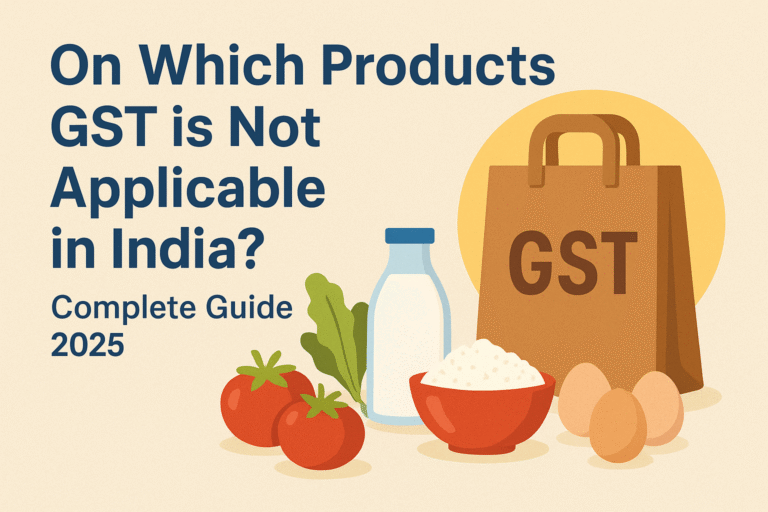What Is the Trump Tariff Deadline on India?
The United States, under President Donald Trump’s administration, issued a notice via the Department of Homeland Security stipulating that an additional 25% tariff on Indian goods will take effect starting 12:01 a.m. EDT on August 27, 2025, raising the total tariff burden to 50% for targeted imports.
This measure stems from alleged national security concerns tied to India’s energy and defense ties with Russia.
How the Tariff Timeline Unfolded
July 2025: Initial Threat & August 1 Deadline
In early July, the Trump administration laid out “reciprocal tariffs” targeting India and other countries, setting an initial deadline of August 1, 2025.
Despite hopes for an interim U.S.–India trade deal in sectors like agriculture and automobiles, negotiations faltered and no accords were reached.
Trump reiterated that August 1 was final, with “no extensions, no grace periods.”
Post-August 1: Implementation Begins
As of August 7, the 25% reciprocal tariffs officially took effect.
By August 27, an additional 25% penalty tariff, tied to India’s continued purchases of Russian oil, is set to begin—bringing the total to 50%.
What Products and Industries Are Affected?
While details on specific sectors remain partial, reports suggest that industries such as diamond jewelry, textiles, marine products, chemicals, pharmaceuticals, and shrimp are among the most impacted.
Additionally, a large share—possibly 55% of India’s $87 billion U.S. merchandise exports—may fall under the scope of these tariffs.
India’s Response: Diplomacy, Diversification & Support
India has condemned the tariff escalation as “unjustified” and “unreasonable”, particularly given that other large buyers like Europe continue to source from Russia without tariffs.
To cushion the impact, the government is exploring export diversification, channeling efforts toward markets in China, Latin America, and the Middle East, along with potential domestic support.
Exporters’ Reactions: The Final Sprint
With the August 27 deadline hours away, Indian exporters—especially those in diamonds, textiles, and marine goods—are pushing to dispatch shipments via both air and sea to beat the tariff imposition.
Impacts on Key Sectors
-
Diamond Industry: Surat’s cutters and polishers are severely affected. Reports suggest 50,000 layoffs, with up to 100,000 more at risk amid plummeting U.S. orders.
-
Stock Markets & Commodities: Early trade on August 26 saw Indian indices wipe out August gains (~0.7% decline), especially in financials, pharma, and export-sensitive sectors like textiles, chemicals, and shrimp.
-
Geopolitical Turbulence: The arch of cooperation between the U.S. and India faces strain, as tariffs challenge principles of strategic autonomy and raise tensions across defense and economic domains.Wikipedia
Strategic and Political Implications
Rising Diplomatic Tensions
The tariff dispute may mark the worst U.S.–India standoff in decades, weakening trust and strategic alignment. India’s steadfastness on energy procurement reflects its commitment to sovereignty even at economic cost.Wikipedia
Economic Fallout
With estimates indicating that tariffs could reduce India’s GDP growth by up to 0.8 percentage points, the affected sectors may bear long-term damage.
Export Rerouting & Resilience
Beyond alternative markets, Indian firms may need to revamp supply chains, boosting self-reliance and regional trade. This moment could spur broader trade strategy recalibration.
What’s Next? Market Watch & Outlook
-
Beyond August 27: Observe whether any exemptions cover in-transit or humanitarian goods, as per the DHS notice.
-
India-U.S. Talks: Watch for diplomatic movements—especially if officials signal re-engagement or targeted relief.
-
Sectoral Resilience: Monitor how adversely hit industries adapt via cost-cutting, value-added positioning, or domestic pivoting.
-
Strategic Realignments: Geopolitically, India may seek deeper ties with BRICS, Middle-East, African, or regional partners independent of the U.S.
FAQs
Q1: What exactly is the “deadline for Trump tariffs on India”?
-
The deadline refers to August 27, 2025, when the final 25% tariff, on top of the existing 25%, raises total duties to 50%, taking effect at 12:01 a.m. EDT.
Q2: What happened on August 1?
-
That was the deadline for original “reciprocal tariffs” of 25%, intended for countries without a U.S. trade deal—including India. The tariffs began on or around August 7.
Q3: Which industries will be hit hardest?
-
Key targets include diamonds, textiles, marine exports, chemicals, pharma, and shrimp, as well as financial markets tied to these sectors.
Q4: What is India doing to counter the impact?
-
India is voicing strong diplomatic objections, pushing diversification of export markets, and exploring domestic support for affected industries.
Q5: Could a deal still emerge?
-
While difficult post-deadline, the evolving geopolitical calculus and sectoral distress might revive talks—but so far, no resolution has surfaced by mid-Aug 2025.
Conclusion
The “deadline for Trump tariffs on India” is real and imminent—set for August 27, 2025, when a sweeping 50% tariff starts on key Indian exports to the U.S. This looming barrier has already forced exporters into a last-minute scramble and triggered market jitters and job losses, particularly within Surat’s diamond sector.
While India braces through diplomatic resilience, export realignment, and economic pushback, the reverberations across trade, markets, and bilateral strategy are profound.






